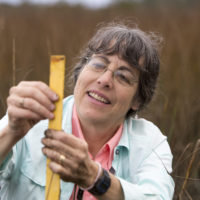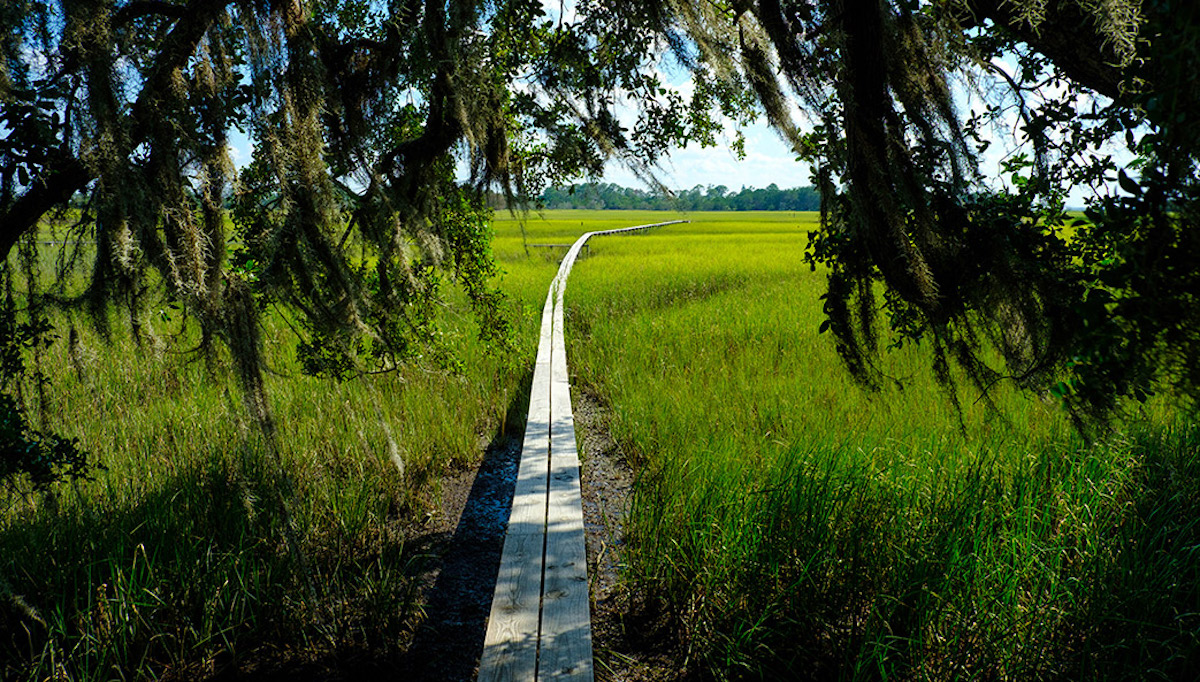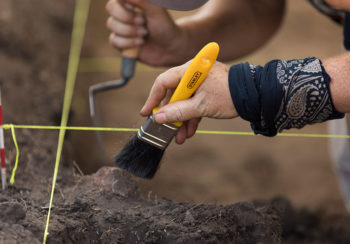When Hurricane Irma slammed the Georgia coast in 2017, the University of Georgia Marine Institute at Sapelo Island was inundated with salt water.
It was the first time that happened, but it wasn’t all that surprising. Sea level off the Georgia coast has risen by about 10 inches over the past century, making it easier for the island’s interior to flood. And increasingly intense storms have been battering the Georgia shoreline more frequently.
But the hurricane didn’t just affect the goings-on of the research institute; it altered the physical landscape of the island and Georgia coast.
“When that hurricane came, it brought a very large storm surge, and it brought salt water all the way up into areas that are usually fresh,” said Merryl Alber, director of the marine institute. In addition to poisoning trees that grew in freshwater marshes along the coast, the hurricane also created a new island of sorts off the coast of Blackbeard Island when the strong winds and torrential rainfall displaced tons of sediment, separating about 100 acres from the rest of the island.
While massive storm systems can cause dramatic and sudden geographic changes, it’s the more subtle ones occurring over the years that capture most of Alber’s attention. As the primary investigator of Georgia Coastal Ecosystems project, which is part of the National Science Foundation’s Long Term Ecological Research Network, Alber has access to almost two decades’ worth of data on water quality, plant production and other characteristics of coastal ecosystems, such as fluctuations in salinity. About five years ago, the project installed a camera in the salt marsh as part of the National Phenocam Network, which takes pictures of various habitat such as forests, grasslands and wetlands every 30 minutes in order to track the annual cycle of vegetation growth, including spring green-up.
Looking at the data makes it hard to deny the impact shifting climates are having on one of the world’s more vulnerable ecosystems.
“Wetlands are really valuable habitats,” said Alber, who is also a professor of Marine Sciences in the Franklin College. “They’re important for young fish, crabs, shrimp, and they’re also critical for protecting land from floods and for storing carbon.”
“Wetlands are really valuable habitats. They’re important for young fish, crabs, shrimp, and they’re also critical for protecting land from floods and for storing carbon.”
– Merryl Alber, Director, UGA Marine Institute on Sapelo Island
In addition to the plant life that converts carbon to its own fuel source via photosynthesis, wetland soil traps excess carbon from escaping into the atmosphere. Scientists estimate about a third of all the Earth’s carbon is stored in wetland soil.
That’s why it was concerning to Alber when she and her post-doctoral associate, Jessica O’Connell, noticed from PhenoCam data that areas of wetland marsh grasses were greening up earlier with every season. After analyzing temperature data, she found that soil temperatures over the past 70 years had gradually risen as well.
“We think there’s been a long-term change, with plants greening up earlier over time,” she said. “So, what does that mean for the future? What does that mean for the marshes if this trend continues?”
At the bare minimum, an earlier spring green-up has implications for the animals that rely on the grasses for nourishment. At its most extreme, it could shift the carbon cycle and have reverberating effects on atmospheric carbon levels.
Equally troubling is the potential for development at the edge of coastal marshes.
Like with other bodies of water, there’s a swath of land along the water that isn’t suitable for development. But unlike with streams or rivers, it’s a bit less clear where that buffer zone begins and ends. When the Georgia Department of Natural Resources was wrestling with this question, Alber stepped in.
As head of the Georgia Coastal Research Council, she works with resource managers regularly to offer science-backed advice. In this case, Alber explained the importance of vegetated buffers for reducing potential pollutants and protecting wetland habitats. The Department of Natural Resources expanded the buffers to better protect coastal ecosystems.
Alber’s dedication to putting her research to work in the community recently earned her the Margaret A. Davidson Award for Stewardship from the Coastal & Estuarine Research Federation.
“A lot of what I do is basic research, but it’s motivated by wanting to work on things that are relevant to society,” Alber said. “Part of why I am a scientist is to be able to share information with people who can use it for making management decisions.”

About the Researcher
Meryl Abler
Director, UGA Marine Institute on Sapelo Island
Department of Marine Sciences
Franklin College of Arts & Sciences





